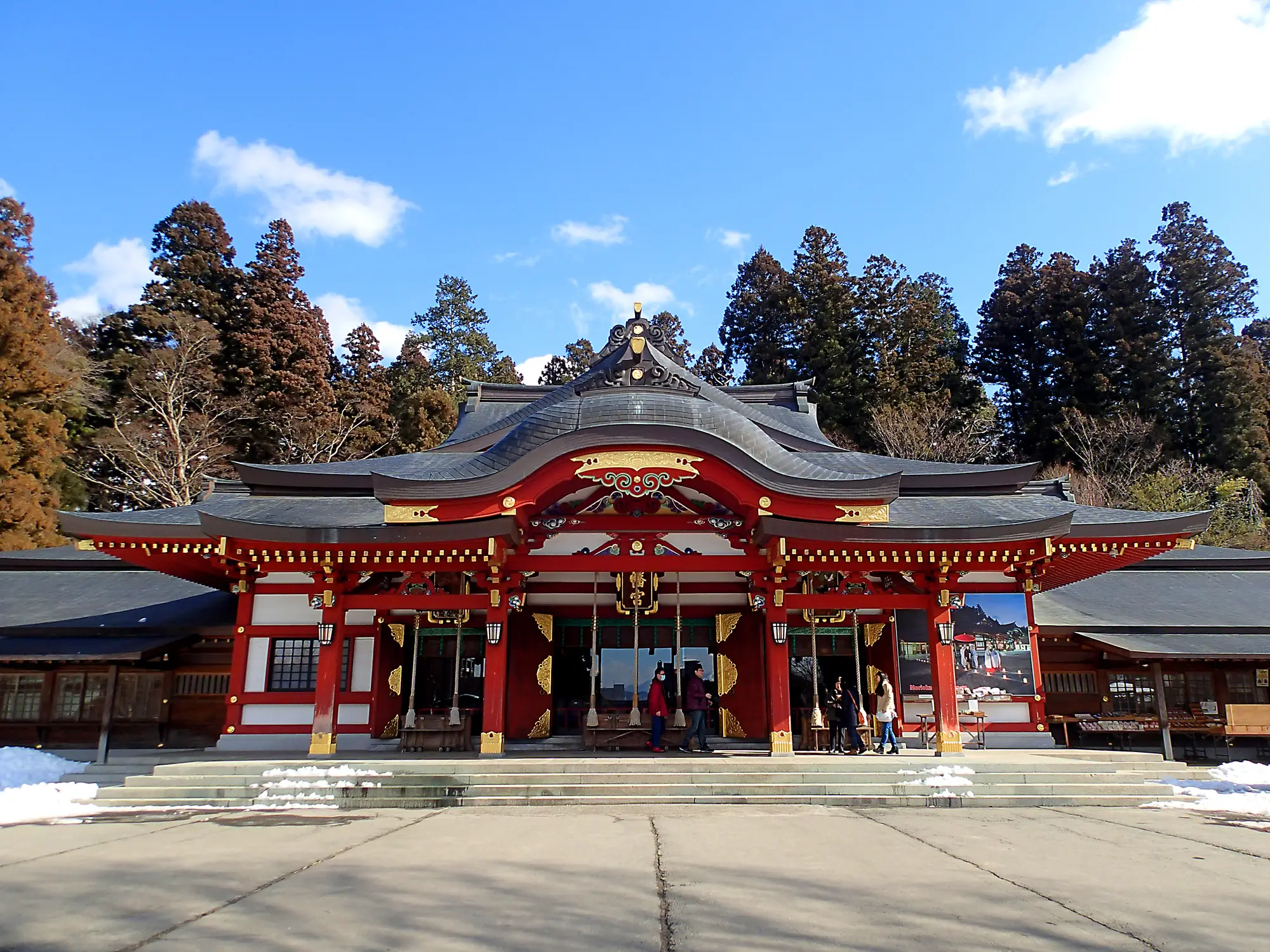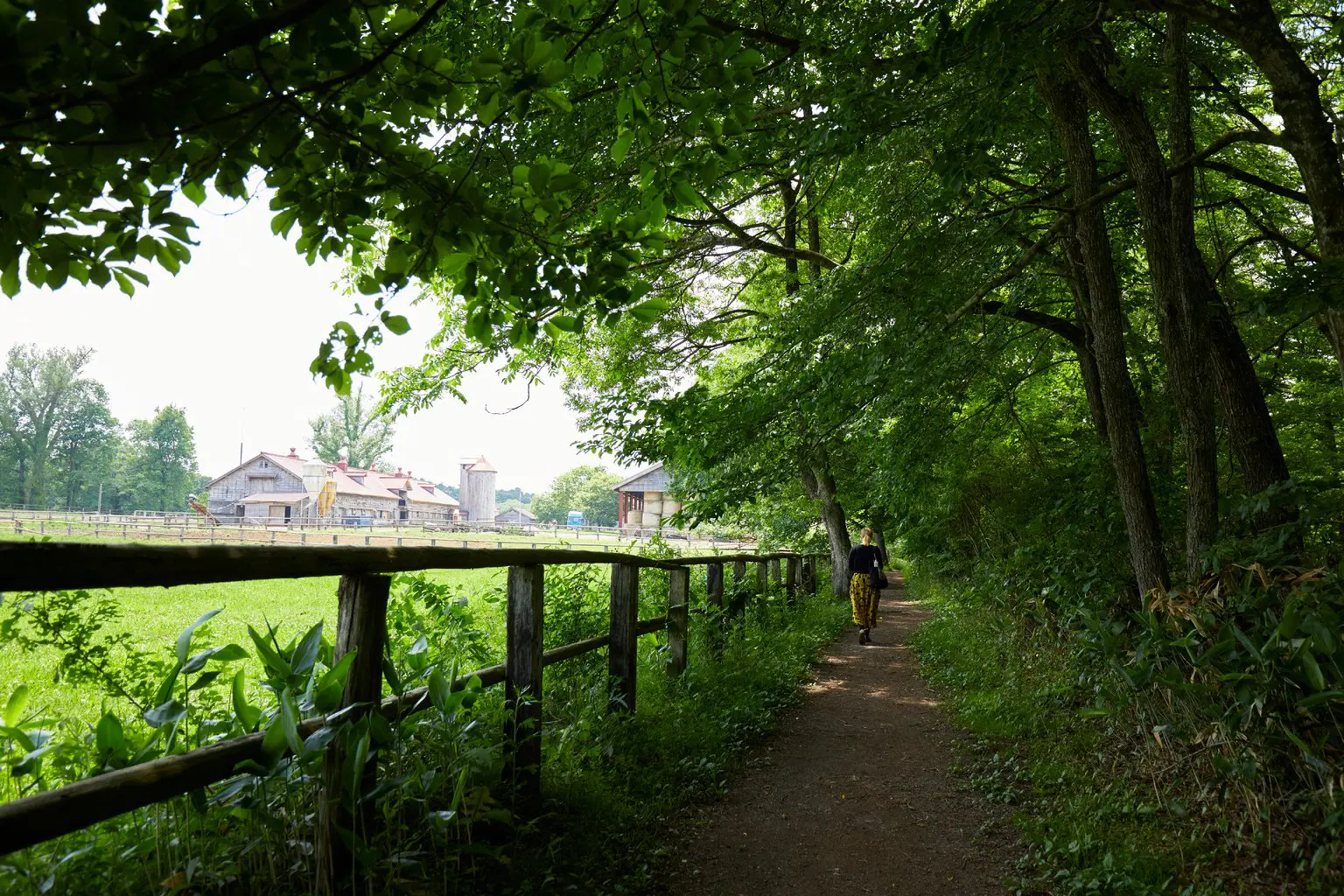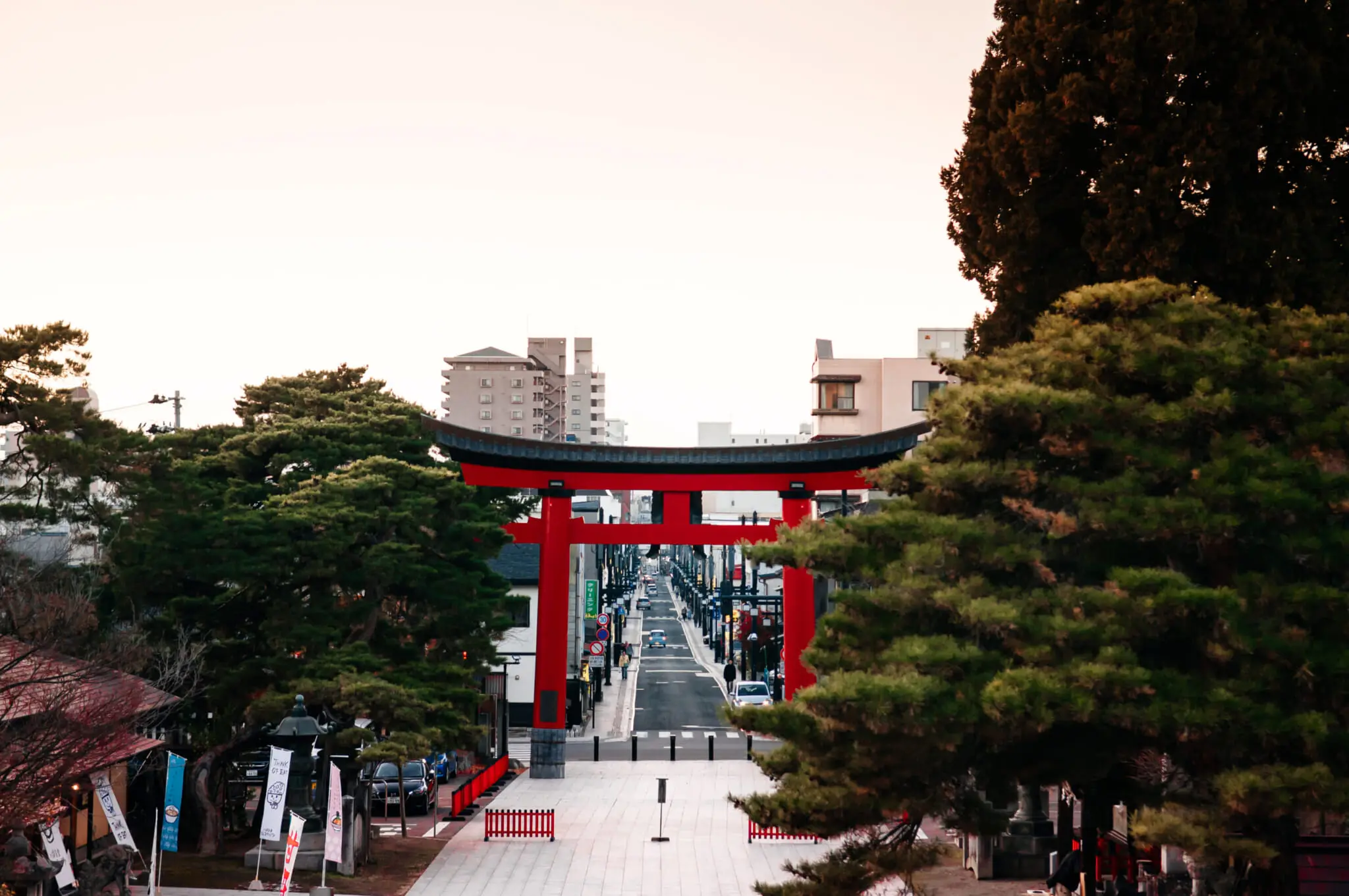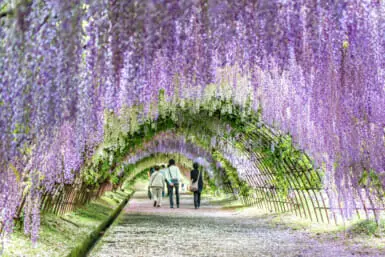Iwate is perhaps best known for its beautiful landscapes and the temple complex of Hiraizumi. However, the capital city of Morioka offers not only picturesque views and cultural and historical sites, but is also a bustling regional city with great food. Morioka offers the best of both worlds when it comes to more rural travel and should not be missed.
A trip to Morioka from Tokyo Station is only 2.5 hours on the Akita or Tohoku-Hokkaido Shinkansen lines, making it an easy weekend getaway or mid-week trip.

Morioka Hachimangu
Day 1 – Make Your Way Downtown
Explore Iwate’s capital city and the delicious food it has to offer.
Fukuda Pan
With its main store merely 15 minutes from Morioka Station, Fukuda Pan is a must for anyone visiting the city. Both a store and product name, the bread rolls of Fukuda Pan can be customized to meet your needs, from the most popular flavor, bean paste and butter, to more traditional bread toppings, like blueberry jam. Keep in mind though, that regardless of location, Fukuda Pan is extremely popular with the locals. Stores close once stock is sold out, so be sure to go early in the day if you want to be sure of getting a taste of this Morioka soul food.
Pyon-Pyon-Sha
While there are several branches in the Kanto region, the main branch of this popular restaurant is actually in Morioka. It’s probably most famous for its Morioka reimen, a cold noodle dish originating from the northern part of the Korean Peninsula. While the main branch offers the best views, it may be a little harder to get to. If you can go without the style upgrade, the branch across the street from Morioka Station is your best bet to try these famous noodles.
Kisaku
Yet another stop for the foodies out there is Kisaku, a restaurant that serves exceptional Morioka jajamen. The dish has roots in Northeast China, and is served with thin udon noodles and topped with a meat and miso paste. A real part of the community, this restaurant should be on your list not only for the food, but to experience the city like a local as well.
Morioka Hachimangu Shrine
Morioka Hachimangu is the place to be if you are looking for a traditional Japanese experience during your travels. A large Shinto shrine, you can get protective charms, check your fortune and even collect a shrine stamp. Taking photos on the premises is also fine, but note that any photoshoots or business-related photography can only be done with advance permission from the shrine itself.
Bank of Iwate Red Brick Building
As the name suggests, this tourist spot is a Bank of Iwate building made of red bricks. What makes it special is both its historical significance to the area, as well as its significance to architecture in Japan as a whole, as it was the brainchild of the same individual in charge of Tokyo Station. Not only that, but while the building is now a museum, it was still part of the bank system until 2012 before it reopened as a historic site three years later.
Iwate Park
Iwate Park is a large park in the main part of the city. Within its borders lie the remains of Morioka Castle, dismantled during the early Meiji era (1868-1912). It’s a great spot to see cherry blossoms and autumn foliage, as well as being a nice place to relax. Interestingly, there is also a totem pole within the park that serves as a symbol of the friendship between Morioka and the city of Victoria, Canada. In addition, Sakurayama Shrine is on the outer edge of the park as well.

Koiwai Farm
Day 2 – Explore the Outskirts
Enjoy the authentic charms of rural life, easily accessible from downtown Morioka. Iwate expands far beyond the capital.
Koiwai Farm
With a history spanning over 100 years, Koiwai Farm is a farm complex about 30 minutes from Morioka Station on the bus. You can do a variety of activities, from tours to hands-on experiences. Restaurant options are also available, making it easy to spend the whole day there before returning to the city. Of particular note are both the fresh milk and the delicious omurice. The only thing to be mindful of is that the buses to and from the farm are not frequent. Make sure to plan accordingly if you also want to do other activities in the area and are without your own transportation.
For a full guide of what to do at Koiwai Farm, check out TW’s very own guide.
Morioka Handi-Works Square
About a 10-minute car drive from Koiwai Farm, and accessible by bus and train from Morioka Station, is the Morioka Handi-Works Square, a cultural center dedicated to educating people about the goods and food of Morioka.
It is divided into two areas: the Workshop Area and the Exhibition Area. In the Workshop Area, you can see artisans working hard at their crafts or participate yourself. You can make Nanbu senbei, a type of sweet rice cracker. No reservation is required. Other activities, like making your own pottery or indigo tie-dye are also available on a reservation basis. The Exhibition Area consists of a shop selling goods from the region, as well as a replica of a traditional house.
More Japan Travel Guides
Planning a trip to or around Japan? Check out these handy two-day guides to inspire you:









